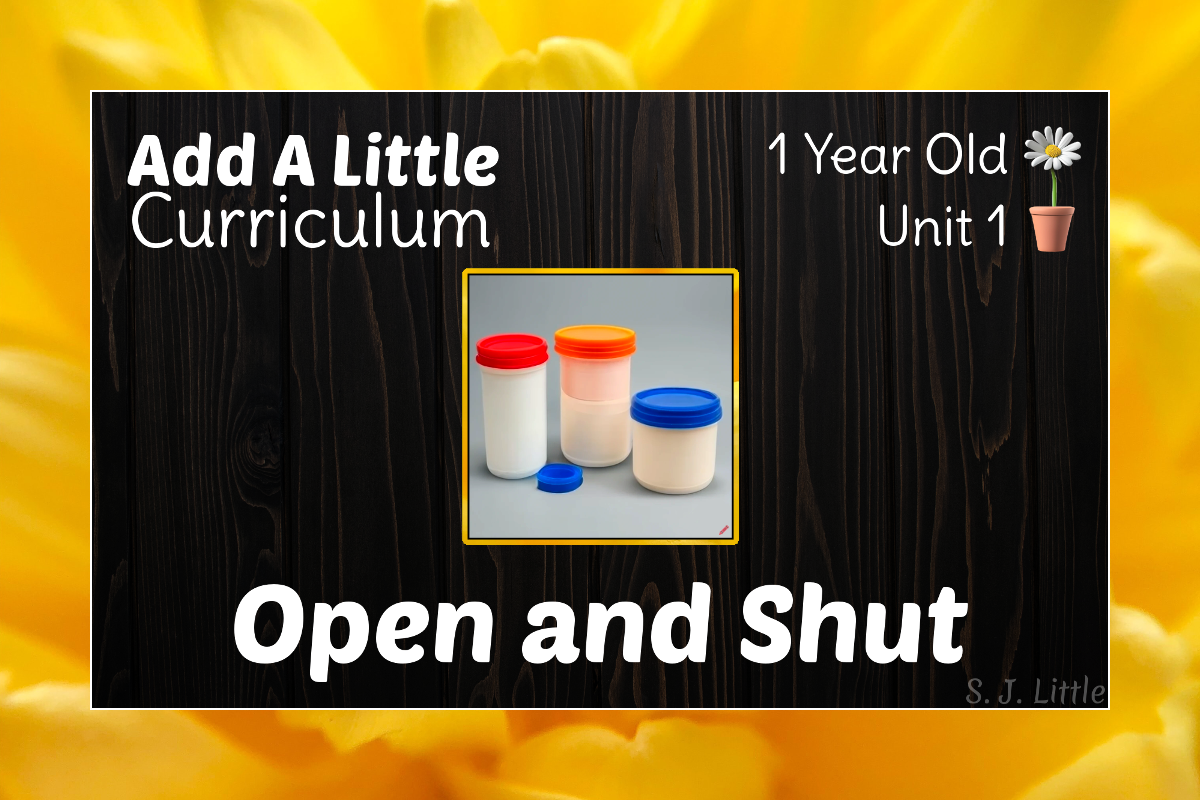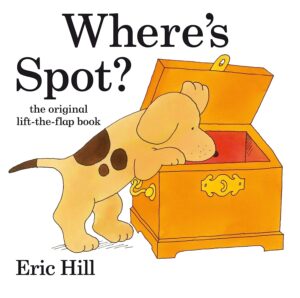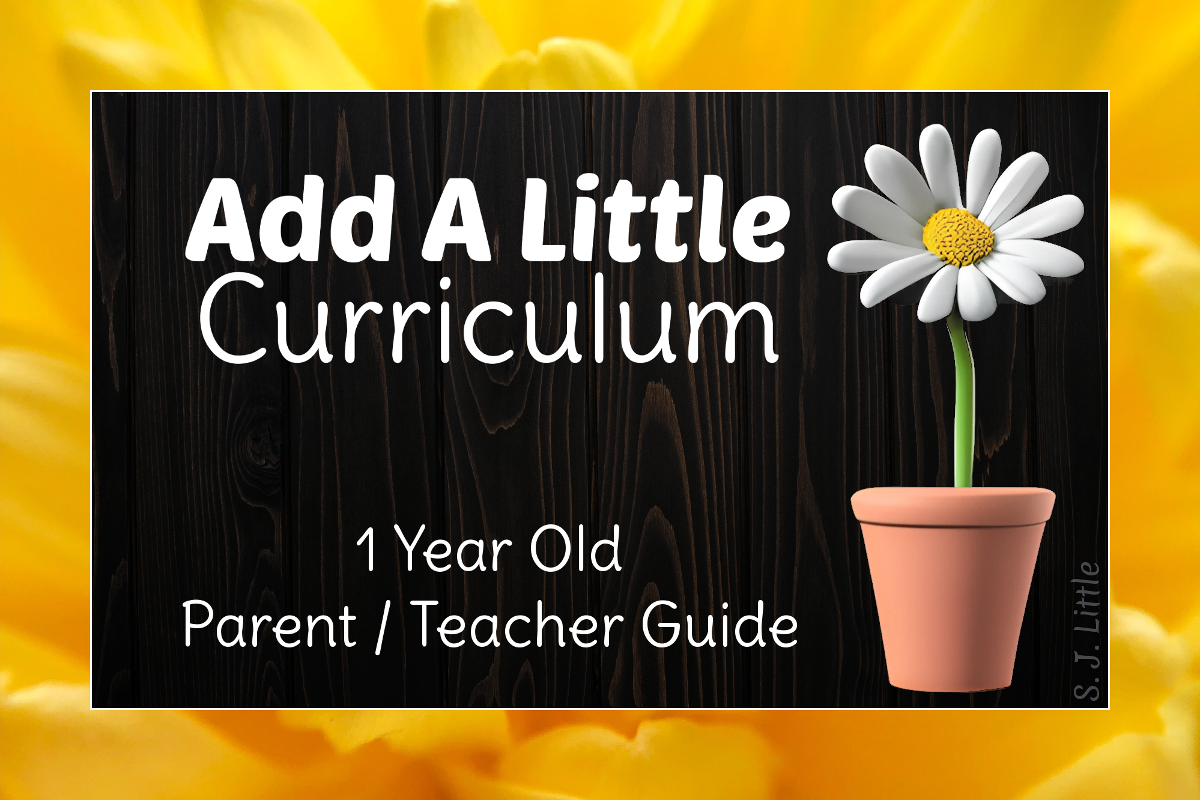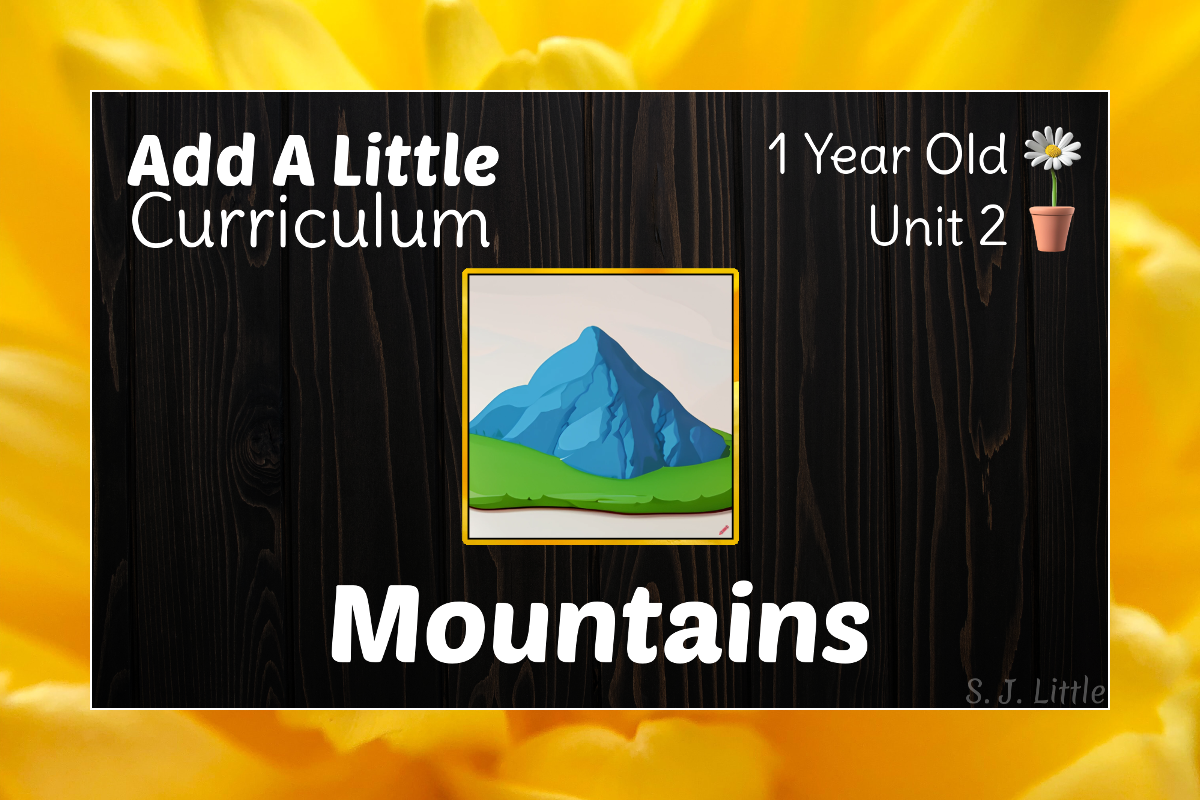
Add A Little – 1 Year Old Curriculum – Unit 2
Mountains
Vocabulary: Pillow, Soft, Container, Put In
Disclaimer: All activities require adult supervision and discretion. Read more…
Want to learn more about Add A Little Curriculum? Check out the Parent / Teacher Guide
Let’s Wiggle
Pillow Mountain
Supplies:
- Large thick blankets
- Pillows
- Open floor space
- Optional: Giant stuffed animals (if entirely soft)
- Optional: Couch cushions, etc.
- Optional: Foam mats, exercise mats and/or similar
Prep:
- Clear a large floor space by removing any hard objects, including any tables or chairs that have hard legs which could pose a bumping hazard.
- Place any mats on the floor.
- Spread your largest blanket on top of the mats (this will help keep everything else from sliding, especially on hard floors).
- Spread any other thick blankets you have on top.
- Heap all your pillows and giant stuffed animals on top of the middle of the blankets.
Time to Play:
- Lead by example. Climb onto the pillow mountain. Roll around enjoying the softness.
- Encourage your toddler to join you.
- Have fun tumbling around on the mountain.
Let’s Explore
Pieces of Nature
Supplies:
- Two bowls or containers, etc.
- 3-7 items from outside that are taste-safe and not choking hazards, consider:
- Pine cones
- Flowers (taste-safe only)
- Rocks (too big to choke on)
- Leaves
Prep:
- Clear an area for playing on the floor
- Place one bowl with all the objects on the floor.
- Place the other bowl beside it.
Time to Play:
- Model how to pick an item from the first bowl, examine it, and put it in the second bowl.
- Encourage your child to explore the items.
Let’s Sing
She’ll Be Coming Round The Mountain
Let’s Read
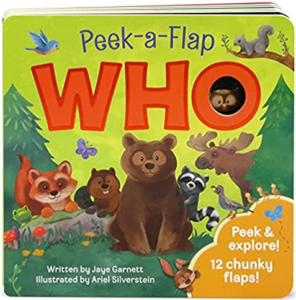
Who
Author: Jaye Garnett
Illustrator: Ariel Silverstein
Note: For 1 year olds, read as a point and name book.




